Coloquio del Instituto de Física
El Coloquio del Instituto de Física se lleva acabo unicamente en vivo en nuestro canal de YouTube
Liga YouTube
https://www.youtube.com/channel/UCijcZAcDo1Ih5u9e8kiFP3g
Contacto e información: Ing. Cristina Cázares Grageda
|
Programación del Semestre Agosto - Dicimebre 2022 |
||
| Fecha | Ponente | Procedencia |
| 07 de septiembre | Roberto Ramirez Alarcon | CIO |
| 14 de septiembre | ||
| 28 de septiembre | ||
| 05 de octubre | Raimund Dutzler | University of Zurich |
| 12 de octubre | ||
| 19 de octubre | ||
| 26 de octubre | ||
| 09 de noviembre | ||
| 16 de noviembre | ||
| 23 de noviembre | ||
| 30 de noviembre | Dr. Claudio Grosman | University of Illinois at Urbana-Champaign |
| 07 de diciembre | ||

10 :00 a 10:30 AM Inauguración en el Centro Cultural Bicentenario
* DR. JUAN MANUEL CARRERAS LÓPEZ, Gobernador Constitucional del Estado
de San Luis Potosí
* LIC. LORENA VALLE RODRÍGUEZ, Presidenta del DIF Estatal
* LIC. RICARDO GALLARDO JUÁREZ, Presidente Municipal de San Luis Potosí
* ING. JOEL RAMÍREZ DÍAZ, Secretario de Educación de Gobierno del Estado
* LIC. LUCÍA GÁRATE GÓMEZ, Delegada Federal de la Secretaría de Educación en
SLP
* DR. ENRIQUE CABRERO MENDOZA, Director General del Consejo Nacional de
Ciencia y Tecnología CONACYT
* M. EN ARQ. MANUEL FERMÍN VILLAR RUBIO, Rector de la Universidad
Autónoma de San Luis Potosí
* LIC. DAVID VEGA NIÑO, Secretario General de la UASLP
* DR. JORGE FERNANDO TORO VÁZQUEZ, Secretario de Investigación y
Posgrado de la UASLP
* DR. JOSÉ LUIS ARAUZ LARA, Director del Instituto de Física de la UASLP
* DR. ALEJANDRO FEMAT FLORES, Director General de IPICyT
10:45 a 13;00 hr - Panel "Investigando y Educando"
Dra. Estela Susana Lizano Soberón, Presidenta de la Sociedad Mexicana de Fisica
Dr. Jose Luis Morán López, Vicepresidente de la Academia Mexicana de Ciencias
Dr. Arturo Menchaca Rocha, Coordinador General del Consejo Consultivo de
Ciencias de la Presidencia de la República
Dr. Jose Luis Lucio Martinez, Secretario Académico de la Universidad de Guanajuato
Dr. Jose Muestre de León, Director General del CINVESTAV
17:00 a 20:00 hr - Panel "Investigando y Educando" con egresados del Instituto de Física
en las Instalaciones de nuestro Instituto de Física.
Dr. Felipe de Jesus Guevara Rodriguez, Instituto Mexicano del Petróleo
Dr. Eric Vázquez Jáuregui, Instituto de Fisica de la UNAM
Dra Sofia Elizabeth Acosta Ortiz, Propietaria de la empresa "Laser Tech S.A de C.V"
Dr. Emilio Muñoz Sandoval, División de Materiales Avanzados IPICyT
Dr. Efrain Urrutia Bañuelos, Departamento de Inv. en Fisica de la UNISON
Dr. Sergio Javier Mejía Rosales, Facultad de Ciencias Físico- Matemáticas de la
UANL
- Detalles
- Categoría: Coloquio de Física

Ponente: Dra. Ana Cecilia Noguez Garrido
Procedencia: UNAM
Resumen:
En esta plática se discutirá el fenómeno de la actividad óptica presente en sistemas a escala nanométrica. La actividad óptica es la propiedad que tienen los sistemas quirales de rotar luz polarizada linealmente. Es decir, cuando un haz de luz linealmente polarizado atraviesa un sistema ópticamente activo, o substancia quiral, el plano de polarización de la luz saliente sufre una rotación respecto al incidente. Además, cuando la substancia absorbe luz, el haz saliente se encuentra elípticamente polarizado, fenómeno llamado dicroísmo circular. La quiralidad es una propiedad geométrica existente en cualquier arreglo estructural, sean nanopartículas, cristales, moléculas o sólo un conjunto de puntos y consiste en que la imagen especular del arreglo, no puede hacerse coincidir de ninguna forma con el arreglo original. El ejemplo más claro de resulta ser nuestras manos: nuestra mano derecha es la imagen especular de nuestra mano izquierda, no existiendo manera alguna de hacerlas coincidir.
A pesar de lo simple de su definición, la quiralidad es una propiedad fundamental en física, química y biología. Los seres vivos estamos formados por aminoácidos y péptidos que son enantiómeros izquierdos únicamente, y producimos azúcares derechos de manera natural. De hecho, casi todos los productos naturales como las proteínas, lípidos, ácidos nucleicos, vitaminas, antibióticos, hormonas y muchas substancias activas en los fármacos son quirales.
En esta charla discutiré algunos de nuestros resultados sobre este fenómeno en sistemas a escala nanométrica como son los nanotubos de pared simple [1,2], las nanopartículas metálicas pasivadas con ligandos orgánicos [3–5], y las bicapas de grafeno [6].
[1] F Hidalgo, A Sánchez-Castillo, C Noguez, Efficient first-principles method for calculating the circular dichroism of nanostructures, Phys. Rev. B 79, 075438 (2009).
[2] A Sánchez-Castillo, C Noguez, Understanding Optical Activity in Single-Walled Carbon Nanotubes from First-Principles Studies, J. Phys. Chem. C 114, 9640 (2010).
[3] A Sánchez-Castillo, C Noguez, I L. Garzón, On the Origin of the Optical Activity Displayed by Chiral-Ligand-Protected Metallic Nanoclusters, J. Am. Chem. Soc. 132, 1504 (2010).
[4] C Noguez, A Sánchez-Castillo, F Hidalgo, Role of Morphology in the Enhanced Optical Activity of Ligand-Protected Metal Nanoparticles, J. Phys. Chem. Lett. 2, 1038 (2011).
[5] F Hidalgo, C Noguez, Optical Activity of Achiral Ligand SCH3 Adsorbed on Achiral Ag55 Clusters: Relationship between Adsorption Site and Circular Dichroism, ACS Nano 7, 513 (2013).
[6] C-J Kim, A. Sánchez-Castillo, Z Ziegler, Y Ogawa, C Noguez, J Park, Chiral atomically thin films, Nature Nanotechnology (2016) doi:10.1038/nnano.2016.3
Miercoles 13 hr
02 - Mar - 2016
auditorio if
- Detalles
- Categoría: Coloquio de Física

Ponente: Dr. Ildelfonso Monson
Resumen:
Se presentarán resultados sobre la síntesis de materiales aplicados en la detección de radiación. Se muestra un resumen sobre el fenómeno de centelleo,
así como las propiedades mas importantes para el diseño de estos materiales. Se hará énfasis en la necesidad de investigar sobre materiales de alta velocidad
para los experimentos futuros tal como el FCC.Se presentará el resultado de un material en estado GEL con el potencial de ser utilizado en detectores de radiación.
Se mostrarán algunas posibles aplicaciones como monitores de reactores nucleares y salvaguardas.
Miercoles 13 hr
24 - Feb - 2016
Auditorio del IF
- Detalles
- Categoría: Coloquio de Física
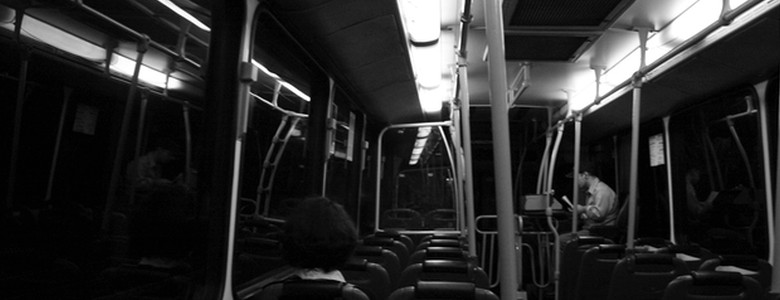
Ponente: Dr.Alipio Calles
Procedencia: UNAM
Miercoles 13 hr
17 - Feb - 2016
Auditorio del IF
- Detalles
- Categoría: Coloquio de Física

PONENTE: Dr. Jose Luis Rdz Lopez
PROCEDENCIA: IPICYT
Resumen:
Models in physical sciences are approaches that scientists in general, but physicist in particular, use to represent and study Nature and/or experimental facts. Therefore, a model use to be plenty of simplifications, but the ultimate goal is to understand Nature and/or physical phenomena.
In this work we face the old problem of surface segregation in binary alloys since is crucial in determining important phenomena and technological problems in Surface Science such as catalysis and corrosion, among others [1,2]. Due their technological importance, intensive efforts had been made to predict which component given an alloy would segregate (or not at all) to the surface, since segregation of one constituent or another could have a direct effect on catalytic properties [3,4], and the study is made with particular focus in nanoparticles as a function of the cluster size and alloy content.
We apply different models and approaches for surface segregation in nanoparticles and compare results among them, and perform molecular dynamics simulations for transition metals and noble metals alloys with the embedded atom method (EAM) and the Raffi-Tabar and Sutton bimetallic interaction [5], and compare results from the models and the simulation, with experimental results from the group and the literature.
Keywords: Bimetallic Nanoparticles; Nanoalloys; Surface Segregation; Molecular Dynamics Simulations.
References
[1] S. Mukherjee & J.L. Morán-López. Theory of Surface Segregation in Transition Metal Alloys. Surface Science 188, L742 (1987).
[2] S. Mukherjee & J.L. Morán-López. Surface Segregation in Transition Metal Alloys and in Bimetallic Alloy Clusters. Surface Science 189-190, 1135 (1987).
[3] J.A. Reyes Nava, J.L. Rodríguez-López & U. Pal. Generalizing Segregation and Chemical Ordering in Bimetallic Nanoclusters Through Atomistic View Points. Phys. Rev. B 80, 161412 (2009).
[4] G. Guisbiers, R. Mendoza-Cruz, L. Bazán-Díaz, R. Mendoza-Pérez, J.A. Robledo-Torres, J.L. Rodríguez-López, J.M. Montejano-Carrizales, R.L. Whetten, & M. José-Yacamán. Electrum, the Gold-Silver Alloy, from the Bulk Scale to the Nanoscale: Synthesis, Properties, and Segregation Rules. ACS Nano, (2015). 10.1021/acsnano.5b05755.
[5] H. Raffi-Tabar & A.P. Sutton. Long Range Finnis&Sinclair Potentials for FCC Metallic Alloys. Phil. Mag. Lett. 63, 217 (1991).
MIERCOLES 13 HR
10-FEB-2016
AUDITORIO DEL IF
- Detalles
- Categoría: Coloquio de Física
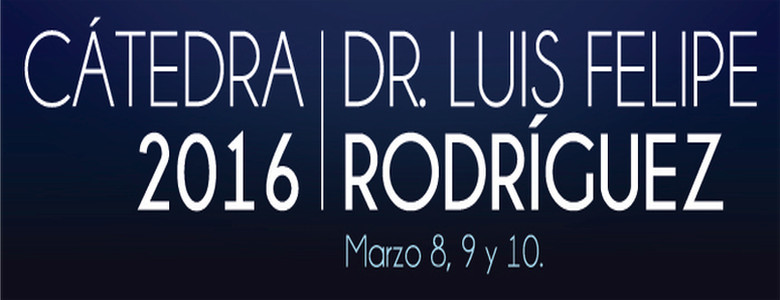
Martes 8 de marzo
Auditorio de la Facultad de Ingeniería
Inauguración a las 12 hr con personalidades de la UASLP
Platica a las 13 hr
“Distancias Ultraprecisas a Regiones de Formación Estelar”
Miércoles 9 de marzo a las 13 hr
Auditorio del Instituto de Fisica
“Observaciones de la Formación de Nuevas Estrellas y Planetas”
Jueves 10 de marzo a las 13 hr
Auditorio del Instituto de Fisica
“El Futuro de la Radioastronomía en México”
- Detalles
- Categoría: Coloquio de Física
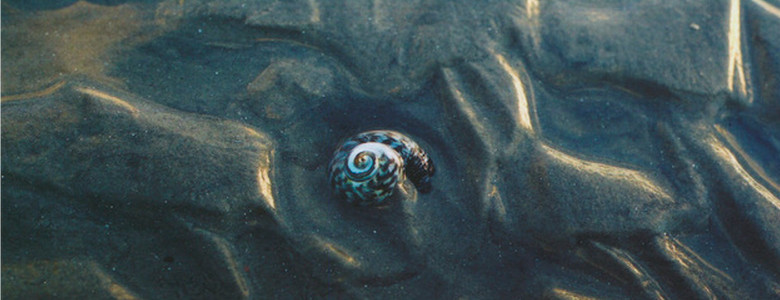
Ponente: Dr. Eugenio Vogel
Procedencia: Universidad de la Frontera, Chile.
Resumen:
En un trabajo de hace pocos años se mostró que teoría de información podía encontrar la temperatura crítica de distintas transiciones magnéticas. En particular, aquellas simulaciones que dan cuenta las transiciones de fases ferromagnéticas a paramagnéticas y/o a vidrio de espín, incluyendo el punto triple. En paralelo la técnica requirió del desarrollo de un reconocedor de información apropiado denominado wlzip. Esto se basa en el algoritmos del tipo compresor de información pero operando ahora sobre cadenas de largo definido, en ubicación definida, en series de tiempo de parámetros de orden representativos del fenómeno. En el caso de las transiciones magnéticas aludidas, ellas pueden ser mejor reconocidas por el parámetro de orden de sitio de Edwards y Anderson en series de tiempo generadas mediante simulación de Monte Carlo, para temperaturas incrementales dentro de un rango apropiado. El peso en bytes del archivo comprimido maximiza justo sobre la temperatura crítica previamente establecida por otros métodos. Con posterioridad este método se ha extendido a otros fenómenos donde la gran variabilidad en los datos puede también ser medida mediante la aplicación de wlzip. Un ejemplo de ello son las variables económicas, como es el caso de las fluctuaciones en la bolsa de comercio o en capitalizaciones individuales en mercados de valores. También se ha incursionado en aplicar exitosamente este método a series de tiempo médicas como son los exámenes Holter de presión arterial: wlzip reconoce cuantitativamente la agitación en esta serie de tiempo generada a lo largo de 24 horas. Más recientemente hemos incursionado en la aplicación de este método a anticipar periodos convenientes para la producción de energía eólica dentro de la matriz energética en Alemania, en una investigación aún en curso.
Miercoles 13 hr
Auditorio del IF
- Detalles
- Categoría: Coloquio de Física
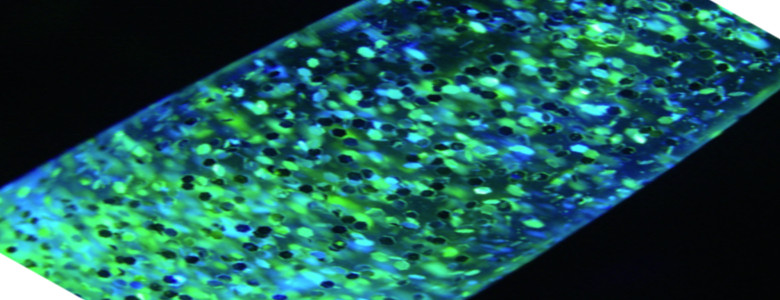
Ponente: Dr. Marek Grzelczak,
Procedencia: CIC bioma GUNE, España
Resumen:
Spurred by outstanding optical properties, metallic nanoparticles gain progressive attention as photocatalysts.1 The large absorption cross-sections and chemical stability allow metallic nanoparticles efficiently harvest light over the UV-Vis-NIR spectral range. The light, while interacting with metallic nanoparticles invokes the surface plasmon resonance that decaying provokes enhancement of the optical near field, generation of hot carriers, or increase local temperature.2 As a consequence, the rate of the chemical reactions increases with the proximity to particles surface independently on the mechanistic pathway.
We propose here the use of gold nanoparticles with multiple shapes (rods, cube, stars) and surface functionalization (Pd, Pt) toward photoregeneration of relevant biomolecules - cofactors, in particular, nicotinamide adenine dinucleotide - using visible and IR light.3 The photocatalytic activity depends not only on the degree of the shape anisotropy but also on the spatial distribution of co-catalyst on the particle surface. Plasmonic nanoparticles exhibit excellent activity either deposited in the form of plasmonic films on the glass substrate or distributed homogenously in the three-dimensional hydrogel matrix.
Viernes 13 hr
Auditorio del IF
- Detalles
- Categoría: Coloquio de Física
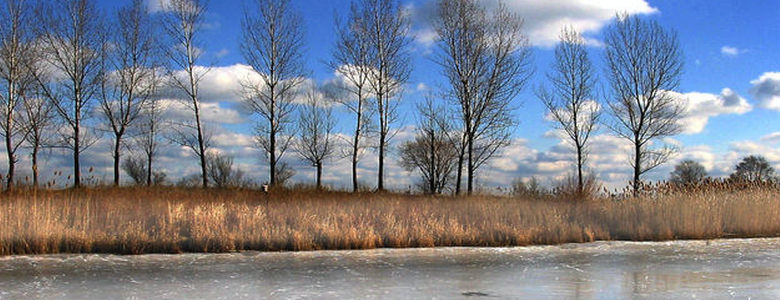
Ponente: Gregory Mckenna
Procedencia: Unis. Tecnologica de Texas
Abstract
The glass transition event is frequently taken to be a manifestation of an underlying thermodynamic transition, perhaps 50 K below the laboratory measured glass transition temperature. The behavior of glasses manifests itself in both the thermodynamic and dynamic responses and these are frequently interpreted in terms of an ‘ideal’ glass transition. Here we first examine the thermodynamics by using calorimetric measurements to determine the equilibrium heat capacity of a series of poly(α-methyl styrene) mixtures with results that show no evidence of a transition in the Ehrenfest sense as far as 150 K below the nominal glass transition temperature. The dynamic signature of glasses is found in the super-Arrhenius behavior of viscosity or relaxation time as a function of temperature. The so-called Vogel-Fulcher extrapolation of the measured dynamic property leads to an apparent finite-temperature divergence some 50 K below the nominal glass temperature. By performing experiments on glasses aged for very long times (Dominican amber of 20 million years) we have been able to explore the upper bounds to the equilibrium dynamics to some 43.6 K below the glass temperature and find strong evidence that the finite-temperature divergence does not exist, rather the glass exhibits an apparent Arrhenius behavior for the dynamics, suggesting that theories that are based on the finite temperature divergence of the relaxation times need to be re-evaluated. Finally, there is considerable activity in the Soft Matter community in which concentrated colloidal dispersions are used as models of glass-forming systems. Here we visit this problem using a novel series of concentration-jump experiments in PNIPAAM-particle colloids to mimic the classic temperature-jump experiments that were used by Kovacs to catalogue the kinetics of structural recovery in molecular glasses. Here we will use diffusing wave light scattering spectroscopy and classical rheological methods to examine specifically the “intrinsic” isotherm, asymmetry of approach, and the memory signatures and compare the colloidal system with the molecular glass. We find that the colloidal systems while exhibiting some of the features seen in molecular glasses, in detail show surprising differences in their structural recovery signatures.
Miercoles 13 hr
13-enero-2016
Auditorio del IF
- Detalles
- Categoría: Coloquio de Física

Ponente: Dra. Rocio Jáuregui Renaud
Procedencia; UNAM
Miercoles 13 hr
Auditorio del IF
- Detalles
- Categoría: Coloquio de Física
